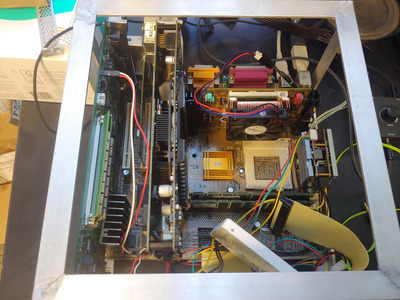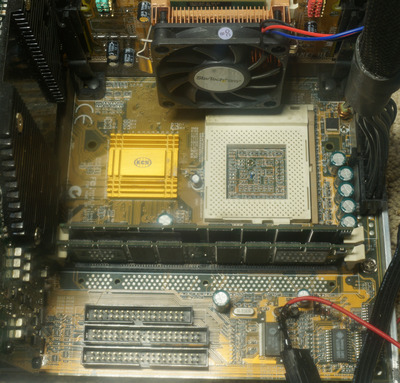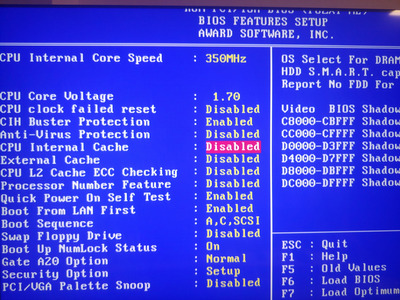First post, by spacesaver
Hello, I have a P6ZXT-Me motherboard with a 1.4 GHz Tualatin Celeron (on a slot1 adapter) and 512 MiB RAM. Unfortunately when playing games, it would lock up after ~15 min. It happens in Halo the worst. Then I ran memtest86 which gets stuck. It always gets stuck on the "block move" test
Instead of ranting, will just briefly list what I changed to isolate the issue:
1. use different RAM or 1 stick of RAM - no difference
2. change BIOS settings like disabling cache, increasing MD strength, spread spectrum - no difference
3. measure voltage - normal
4. use another Pentium 3 (on slotket) - no difference
5. use a 400 MHz Celeron (FSB=66MHz) in the PPGA 370 slot - works!
6. use another slotket with Pentium 3 - no difference
7. use another slotket with Pentium 3 and set FSB jumper to 66 MHz - works!
Aha, so it seems like FSB=66 MHz cures the instability. Any explanations? The motherboard and 440ZX specs both say 100 MHz FSB is supported.


